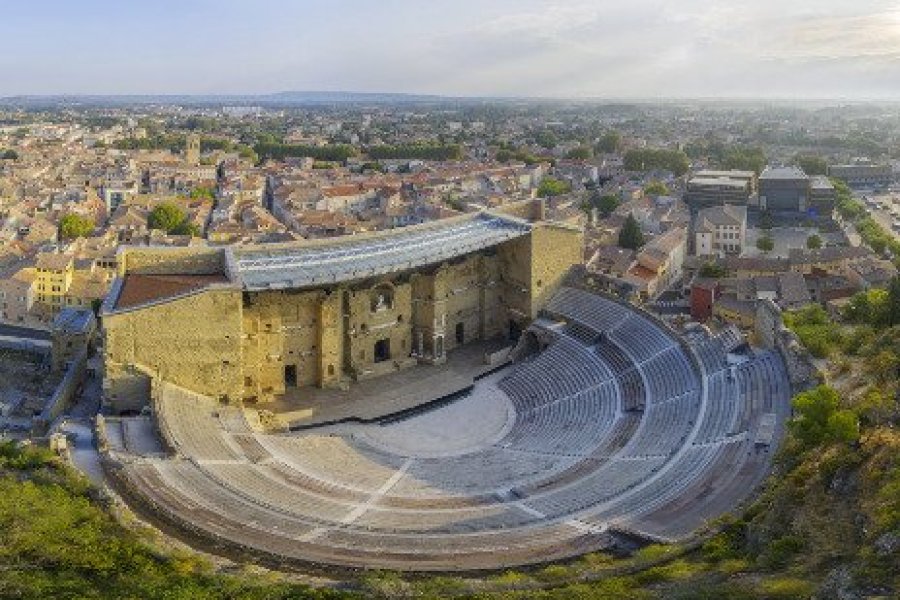Standing on its rocky outcrop since the 13th century, with its imposing castle towering above the middle of the Loup valley, the church steeple and the village houses below, Le Bar-sur-Loup has a proud appearance. In the Middle Ages, Le Bar-sur-Loup was a large town, commanding the passage between Grasse and Vence, as well as access to the Loup gorges. A few sections of the ramparts remain from this glorious past. A stroll through the narrow pedestrian streets of the historic center is a perfect way to rediscover Le Bar-sur-Loup as it once was. The tall, tightly-packed buildings are a reminder that the village was built on a defensive plan, grouped together at the foot of its castle. Stroll along the steep alleyways, up and down staircases and covered passageways, admiring doors and lintels, stopping to photograph a pretty view of the valley or a sunny square. As you stroll along, you'll come across the Porte Sarrasine, the only preserved medieval gateway, or the fountain, which still bears the coat of arms of the Grasse-Bar family. All around Le Bar-sur-Loup, you'll find an enchantment of Provençal nature: terraces and espaliers, vineyards, olive and orange groves remind us that the village has been linked to the perfume industry since the 17th century. In those days, bitter orange trees covered the hills of the Vallée du Loup and the surrounding area. The memory of this era is perpetuated every Easter, with the Fête de l'Oranger (Orange Festival), which celebrates these traditions, the skills of craftsmen and orange-based gourmet products. the commune is home to 3,000 people.A little history. Thanks to its strategic position at the mouth of the gorges, the site was occupied by the Celto-Ligurians, the Gauls and later the Romans. Livestock rearing was the main activity, followed by agriculture. The village was first mentioned in 1078 in the collection of charters of the Abbey of Lérins. Its name evolved over the centuries: Poncii Albarni, Castrum de Albarno, Lou Barn and then Le Bar. In the Middle Ages, Le Bar-sur-Loup was a regular target of Saracen and Moorish attacks. The village was damaged and destroyed on several occasions. Fortifications and a watchtower were erected. The foundations of the castle date from this period (13th century). In 1235, the Counts of Provence ceded the village to the Princes of Antibes. The de Grasse family, one of the princes, established a seigneury at Le Bar. The lords of Grasse-Bar then succeeded each other at the castle. The most famous of them, Admiral de Grasse, was born here on September 13, 1722. His statue stands opposite the town hall. The village grew, with shops, taverns and inns springing up. Fairs and markets were held, attracting people from surrounding towns. The improvement of communications routes contributed to the village's economic development.















